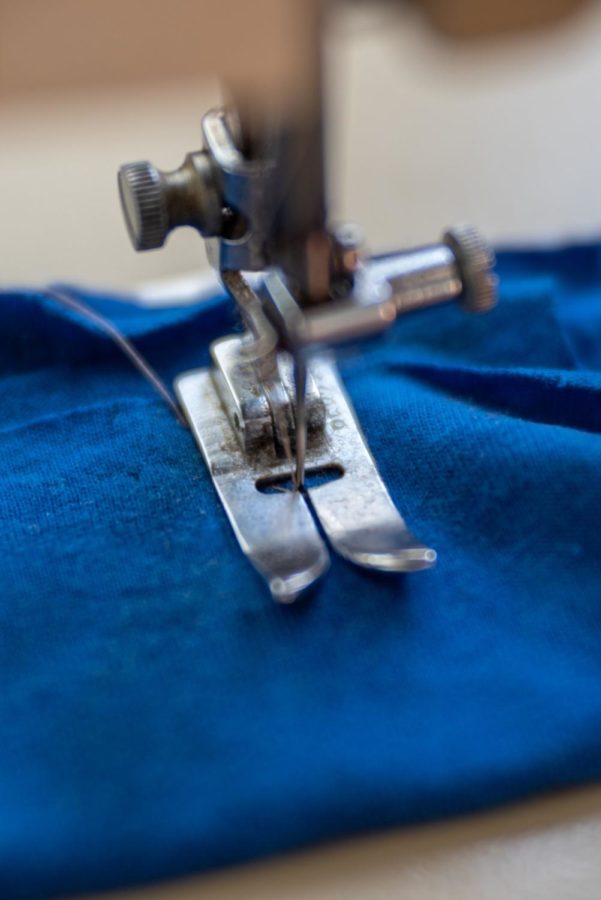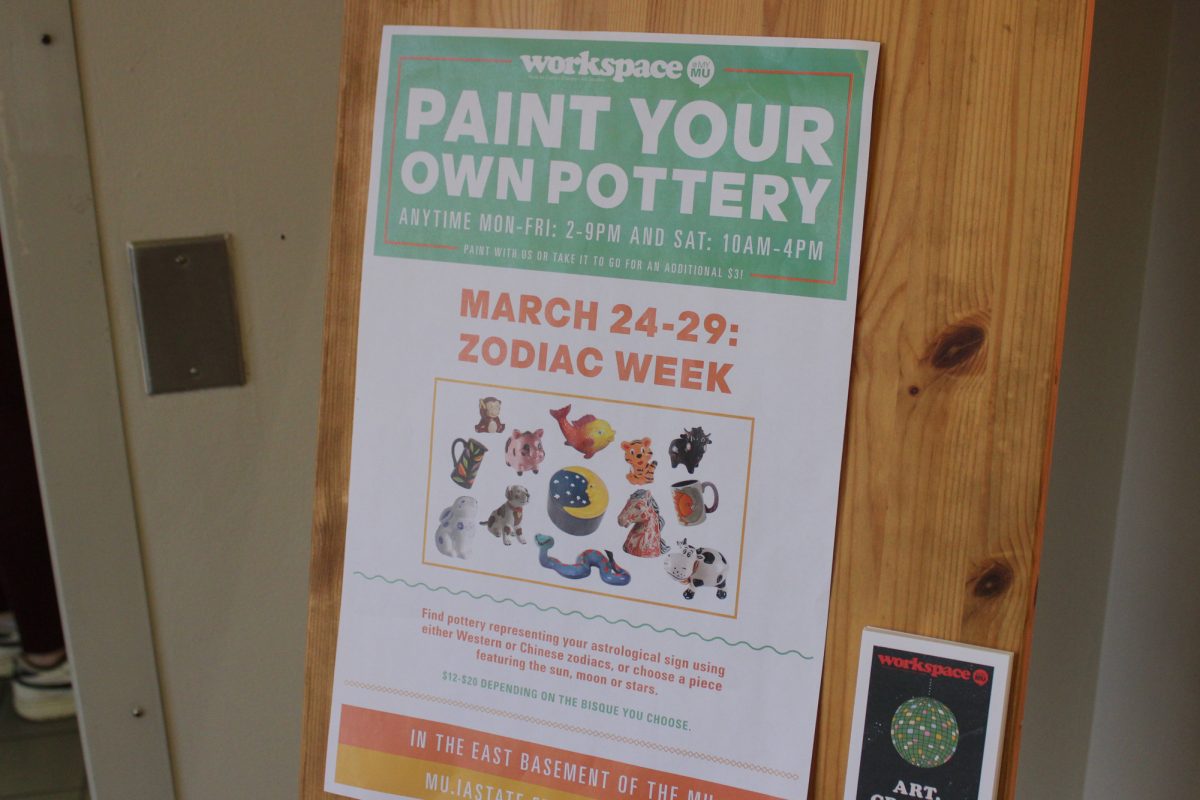Where clothes come from and how it might be damaging our planet
Clothing and textile production is damaging our planet, and consumerism can be a major contributing factor.
November 7, 2021
The popularity of fast fashion can negatively impact the environment and damage people’s strides to create a more sustainable future.
According to the United States Environmental Protection Agency (EPA), it is estimated that textile production generated was 17 million tons in 2018 and 11.3 million tons of those textiles ended up in the landfill.
Rachel Eike is a professor in the Iowa State apparel, events and hospitality management program. She believes that there are many different ways to view environmental concerns with fast fashion products. For example, some companies create low-quality products with materials that ultimately cause more crops to be grown, agriculture damage from soil erosion and lots of water usage.
Consumers who purchase from fast fashion brands essentially waste products into the landfill since they are of poor quality and can’t withstand extensive wear. The fabric is made of cheap materials, and after a couple of washes, the fabric shrinks, stitches rip, etc.
“The faster you’re transporting products, the more emissions that there are,” Eike said. “The supply chain timeline overtime has grown from new products every season to new products that align new styles every week to two weeks. What consumers choose to do with their products, especially fast fashion, is how we can make the most impact.”
Workers’ rights are a tricky subject in the garment industry. Eike says our government does not dictate the laws of another country and views in that specific culture, so it’s premature to cast that label when we don’t know that country or culture’s situation.
A professor close to Eike shared an example in the classroom while she was a student, and it’s stuck with her ever since.
Eike’s professor told her, “‘It would be normal to bring your children to work on an avocado farm because childrens can climb the trees to get avocados. It would be more dangerous to leave them at home unattended, so they’re bringing their family into a working environment [in order] to teach them a skill and contribute to that area’s way to employ.'”
Brands and labels can monitor the conditions in the garment industry and demand changes. Consumers can come in and demand transparency about working conditions, and companies will start sharing their information.
Ling Zhang is another professor in the Iowa State apparel, events and hospitality management program. She says that first, the customers need to be educated on the value of sustainable products.
Zhang said, “Consumers don’t understand that the price is higher for sustainable fashion because it is a new product and the materials they derive from is a new fiber from recycled materials and plastics.”
The supply chain timeline is so quick in fast fashion because they don’t follow a very typical process. Zhang said, “For some of the fast fashion they don’t even design, they just copy other high end fashion brands.”
Forever 21, Zara and other fast fashion brands are known for copying high fashion styles, so they must pay a high price for their trademark and turn out their design process very quickly.
Rachel Romo is a junior getting an apparel, merchandising and design major with a minor in sustainability who makes an active effort to positively influence herself and others to live a more sustainable lifestyle and make smarter clothing purchasing decisions.
Romo is involved with the events at the Office of Sustainability at Iowa State and has a resale thrifting account as a side hustle. Romo said, “I have a thrift account where I recycle and encourage upcycling of clothing. I get everything from thrift stores and resell it to promote the reuse of clothing.”
The rise of sustainable fashion is changing consumer consumption and demand. Consumers are believed to be at the root of change because they influence company/brand decisions and the market.
Eike said, “I don’t necessarily think that companies deciding [that] this is their initiative is what has changed, I think it’s the consumers that have realized that in order for me to have a place to live then I need to start doing things differently.”
Sustainable companies are moving in the right direction and listening to consumer needs/wants.
Levi’s and Madewell are some of Romo’s favorite brands besides her thrifting account, of course.
Levi’s has taken a lot of initiative with their environmental impact because jeans can be very hard on the environment with their water usage and the cotton that’s used to make them.
Romo said, “Madewell has a ‘prelove’ section on their website which has clothing that people have owned before and rather than throwing away clothes, they recycle them and then Madewell resells them again.”
She recommends that fellow students check out H&M because they’re a more affordable option and are making that switch to be better and more sustainable.
Zhang stressed that these types of sustainable activities are not enough to stop the number of problems with fast fashion. Fast fashion purchases begin with the consumer, and it’s their responsibility to know brand information, and it’s in the consumer’s hands to make a difference.
SHEIN is a popular clothing website for college students because they sell trendy clothes for dirt cheap and poor quality. It is a favorite for students because they can buy 10 different things for less than $100, and they think it’s just themselves who are purchasing from it.
“If they buy 10 different things and 10 different people ask them where they got it from, that’s 10 opportunities for people to want to buy from SHEIN,” Romo said. “I just think it’s really important to have the mindset that you can make a difference and to know brands that are trying to make an impact and better themselves and are using organic cotton, use ethical practices in their warehouses and their manufacturing plants.”
Romo’s big piece of advice for students to be a more sustainable consumer is, “Invest in really good pieces rather than having like 100 million things in your wardrobe that you only wear once to like invest in pieces that you’ll know you’re gonna wear for a long time.”







